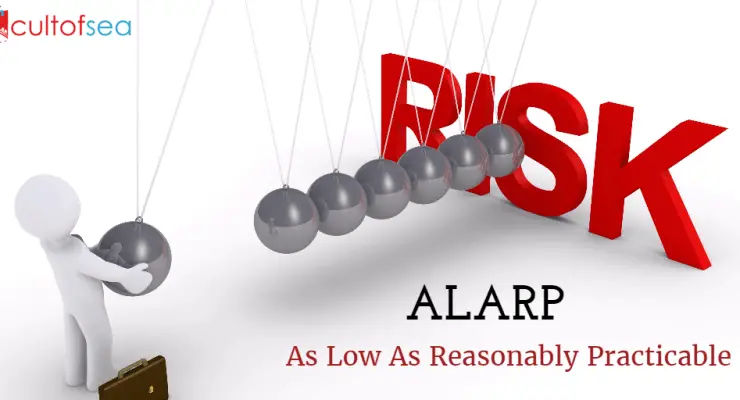ALARP stands for "as low as reasonably practicable", and is a term often used in health and safety to represent that adequate consideration shall be taken in regard to risk, risk control and risk reduction. The core is the concept of "reasonably practicable"; this involves weighing a risk against the trouble, time and money needed to control it. Thus, ALARP describes the level to which you would expect to see workplace risk controlled. ALARP is not prescriptive and consequently can be challenging because it requires employers to exercise judgement. It is therefore for employers to ensure … [Read more...]
